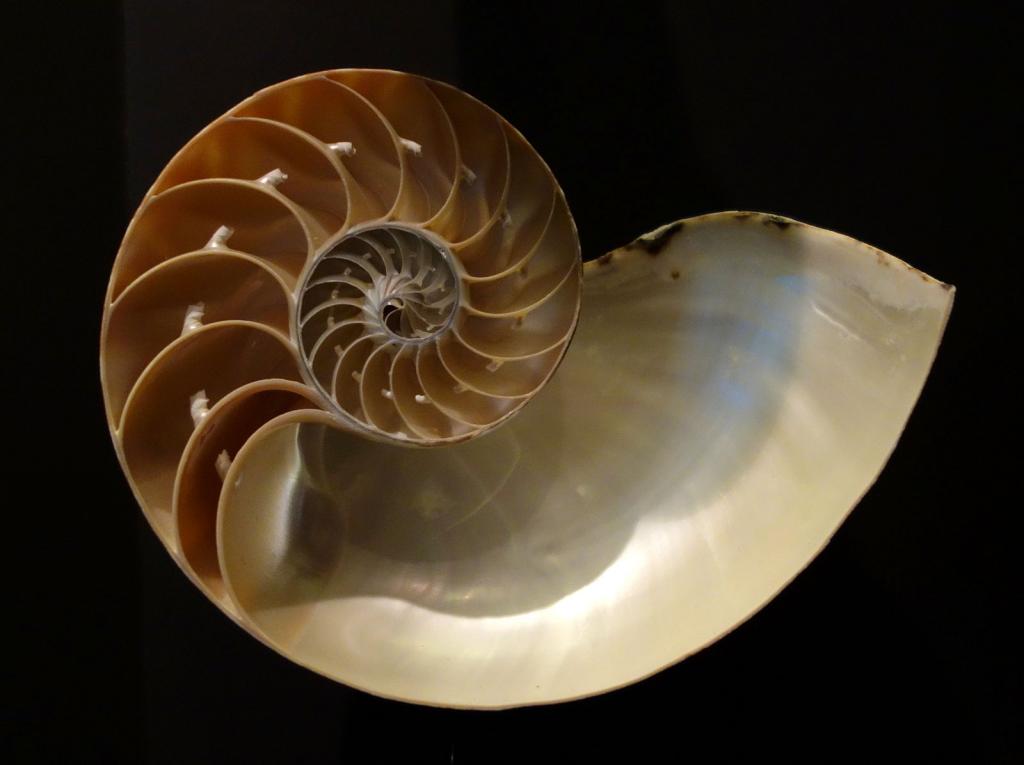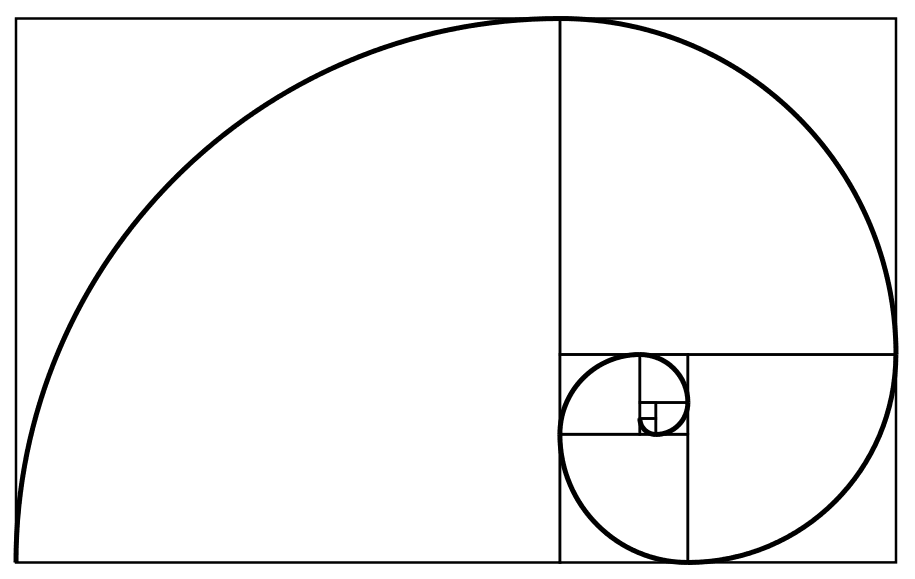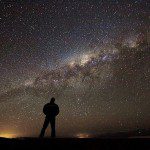

Newly posted on the website of the Interpreter Foundation:
Science & Mormonism Series 1: Cosmos, Earth, and Man: “Science vs. Religion: Can this Marriage Be Saved?”
Part of our book chapter reprint series, this article by David H. Bailey originally appeared in Science & Mormonism Series 1: Cosmos, Earth, and Man (2016).
Abstract: This chapter examines the details of ongoing wars between science and religion and shows why they are not only futile and senseless, but also unnecessary. Sometimes such battles cause people to forget important ideals that science and religion hold in common. It is important for religious movements to stay focused on religion and not embrace in their central belief systems some particular scientific theory or worldview that will eventually become obsolete with continued research advances. As Holmes Rolston observed, “The religion that is married to science today will be a widow tomorrow.” Both scientists and religious believers can stand in awe at the majesty of the universe. So why all the fighting?
***
“In astronomy journalism, journalists still fear using G-word and asking ultimate questions”
***
But first a bit of science history and then, thereafter, for some more or less current science news:
From the BBC: “The woman who reshaped maths: She fled the Nazis, only to face a new challenge: being accepted in academia.”
“The 1st human on Mars may be a woman, NASA chief says”
“What Voyager 2 has learned since entering interstellar space”
I should have posted the following link on or before Halloween. But I didn’t. So here it is, a really early harbinger of Halloween 2020:
“Jack-o’-lantern Nebula grimaces on the edge of the Milky Way”
“Our universe may be a giant loop, new study claims”
***
“Analogy is a wonderful, useful and most important form of thinking, and biology is saturated with it. Nothing is worse than a horrible mass of undigested facts, and facts are indigestible unless there is some rhyme or reason to them. The physicist, with his facts, seeks reason; the biologist seeks something very much like rhyme, and rhyme is a kind of analogy…. This analogizing, this fine sweeping ability to see likenesses in the midst of differences is the great glory of biology, but biologists don’t know it…. They have always been so fascinated and overawed by the superior prestige of exact physical science that they feel they have to imitate it…. In its central content, biology is not accurate thinking, but accurate observation and imaginative thinking, with great sweeping generalizations.” (Anthony Standen [1906-1993], Anglo-American chemist and entomologist, author of Science is a Sacred Cow [1950])












